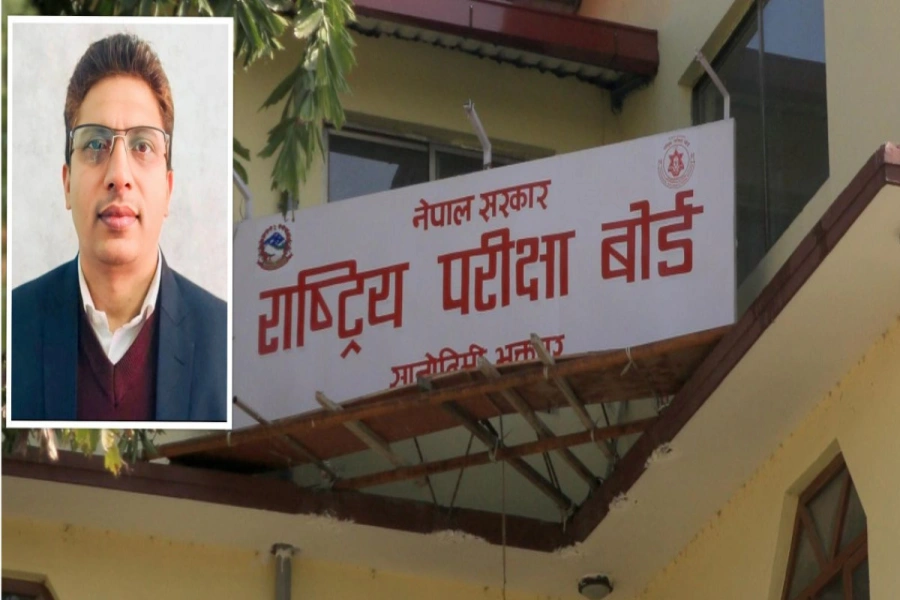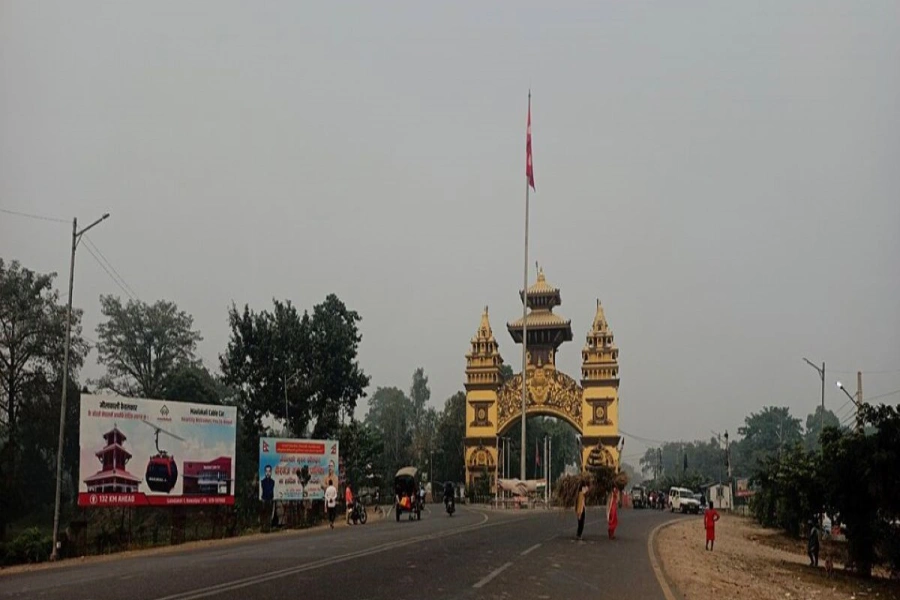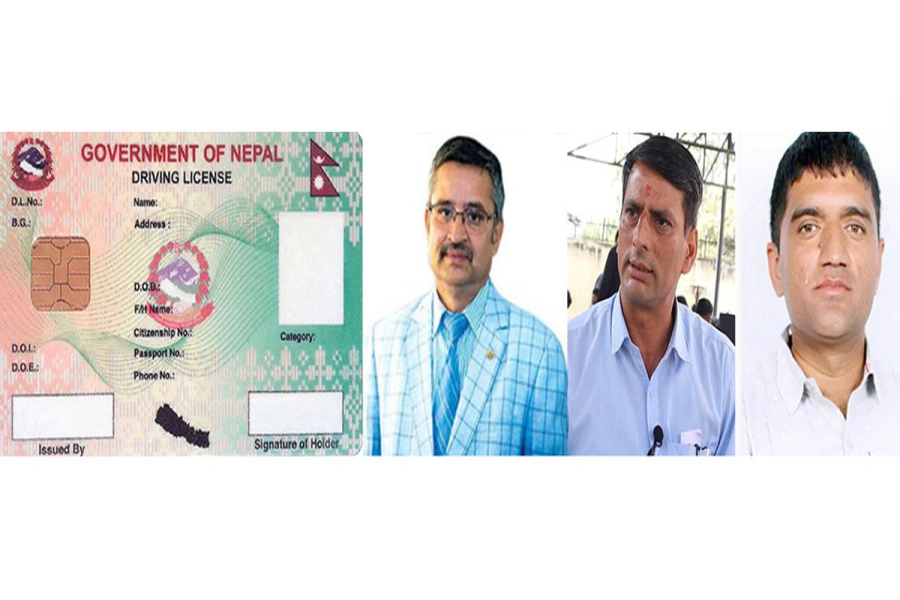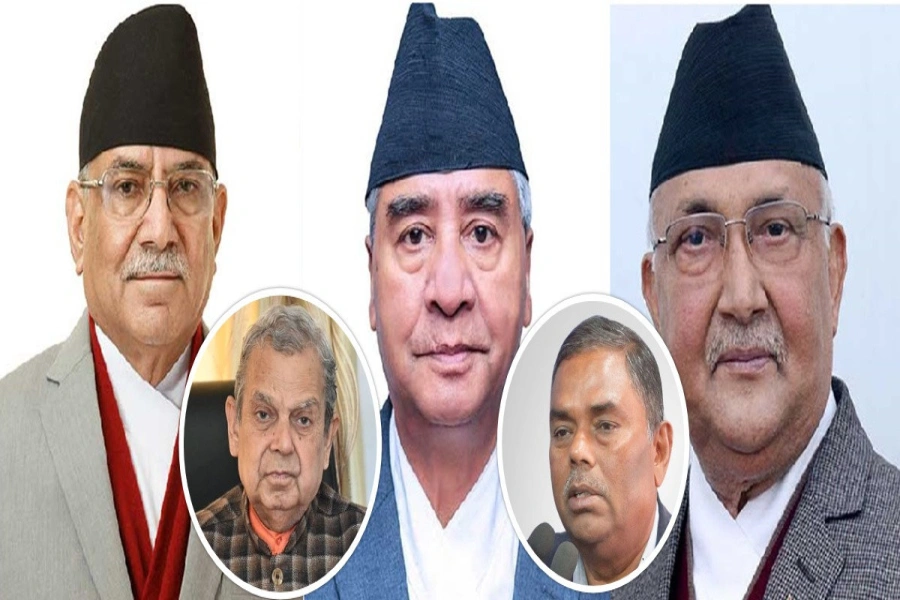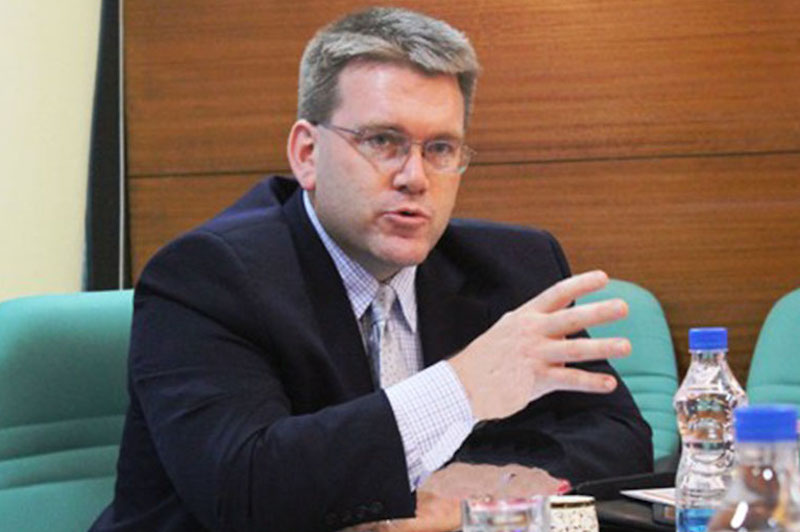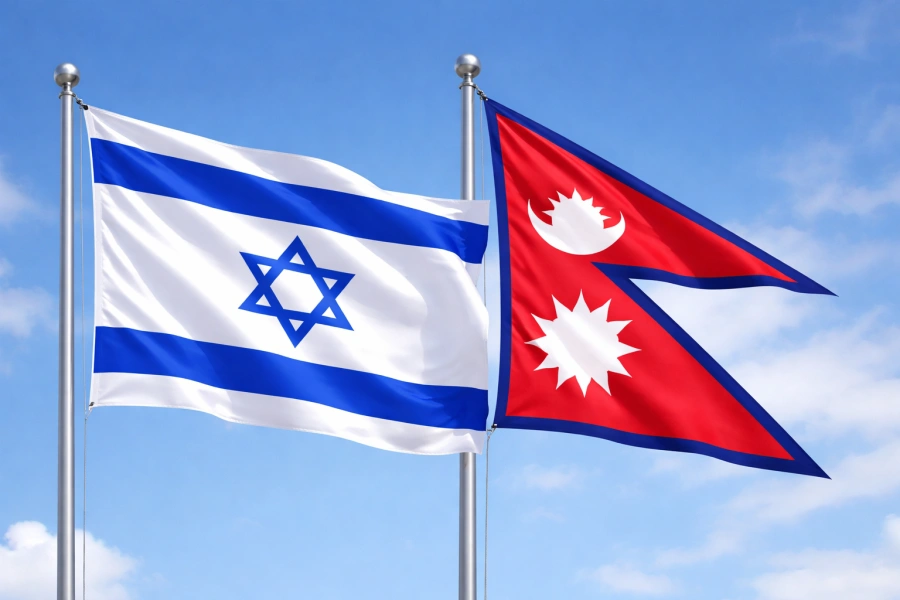KATHMANDU, April 1: In recent days, Kathmandu's air pollution has reached extremely unhealthy levels for public health. On Monday morning, most air pollution monitoring devices in Bhaktapur, Patan, and Kathmandu recorded an Air Quality Index (AQI) above 200.
The Swiss-based organization IQAir, which collects and disseminates global air pollution data, reported that the air pollution index in the capital has hovered around 250 for most of the past three days. An AQI above 200 is considered hazardous to public health.
According to real-time pollution data, Kathmandu became the most polluted city in the world on Monday. In the afternoon, Kathmandu topped the international ranking, followed by Wuhan, China, in second place and Chiang Mai, Thailand, in third.
Due to several days of no rain and increasing pollution, visibility in Kathmandu was extremely low on Monday morning, affecting air travel. While normal visibility for air travel is 3,000 meters, it dropped to 1,500 meters on Monday morning. Meteorologist Pratibha Tuladhar from the Department of Hydrology and Meteorology's Meteorological Forecasting Division stated that the situation is expected to improve in the coming days as temperatures rise and winds begin to blow.
Kathmandu tops the list of polluted cities in the world

Due to a lack of rain and insufficient wind, Kathmandu regularly experiences high concentrations of smoke and dust in the air. On Monday morning, data from the Department of Environment showed that the level of PM 2.5 at Ratnapark reached 200 micrograms per cubic meter.
Considered the most dangerous form of air pollution, PM 2.5 can directly reach the lungs and is believed to cause respiratory issues, including asthma, heart disease, and other respiratory ailments, by obstructing the circulatory system.
The recently published Air Quality Life Index-2024 (AQLI) ranks Nepal as the third most polluted country in the world. Satellite-based data revealed that the density of PM 2.5 particles in Nepal's atmosphere is extremely high, placing the country in third position for air pollution. The report also showed that toxic air has reduced the average life expectancy of Nepalese by 3.4 years.
The State of Global Air Report-2024, released last year, found that air pollution in Nepal caused the deaths of 48,500 people in 2021.
In Nepal, emissions from diesel and petrol-based vehicles, smoke from forest fires, emissions from brick kilns, and the burning of agricultural residues and garbage, along with high pesticide use and dust from roads, are the main causes of air pollution.
Although the government implemented the Air Quality Management Action Plan for the Kathmandu Valley in 2019, it has failed to enforce it effectively. This action plan prioritizes transportation, industrial establishments, indoor air pollution, waste-related pollution prevention, and raising public awareness.
As air pollution continues to worsen in Nepal, experts see the need for a National Air Quality Management Action Plan that can tackle the contributing factors and strengthen monitoring efforts.
Environmental expert Dr Madhav Bahadur Karki, who also serves as an environmental advisor to former Prime Minister Sher Bahadur Deuba, stresses the need for effective enforcement of existing rules and laws.




